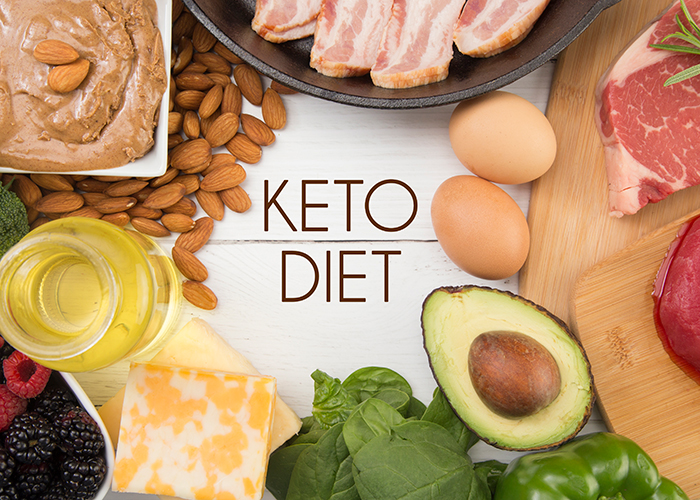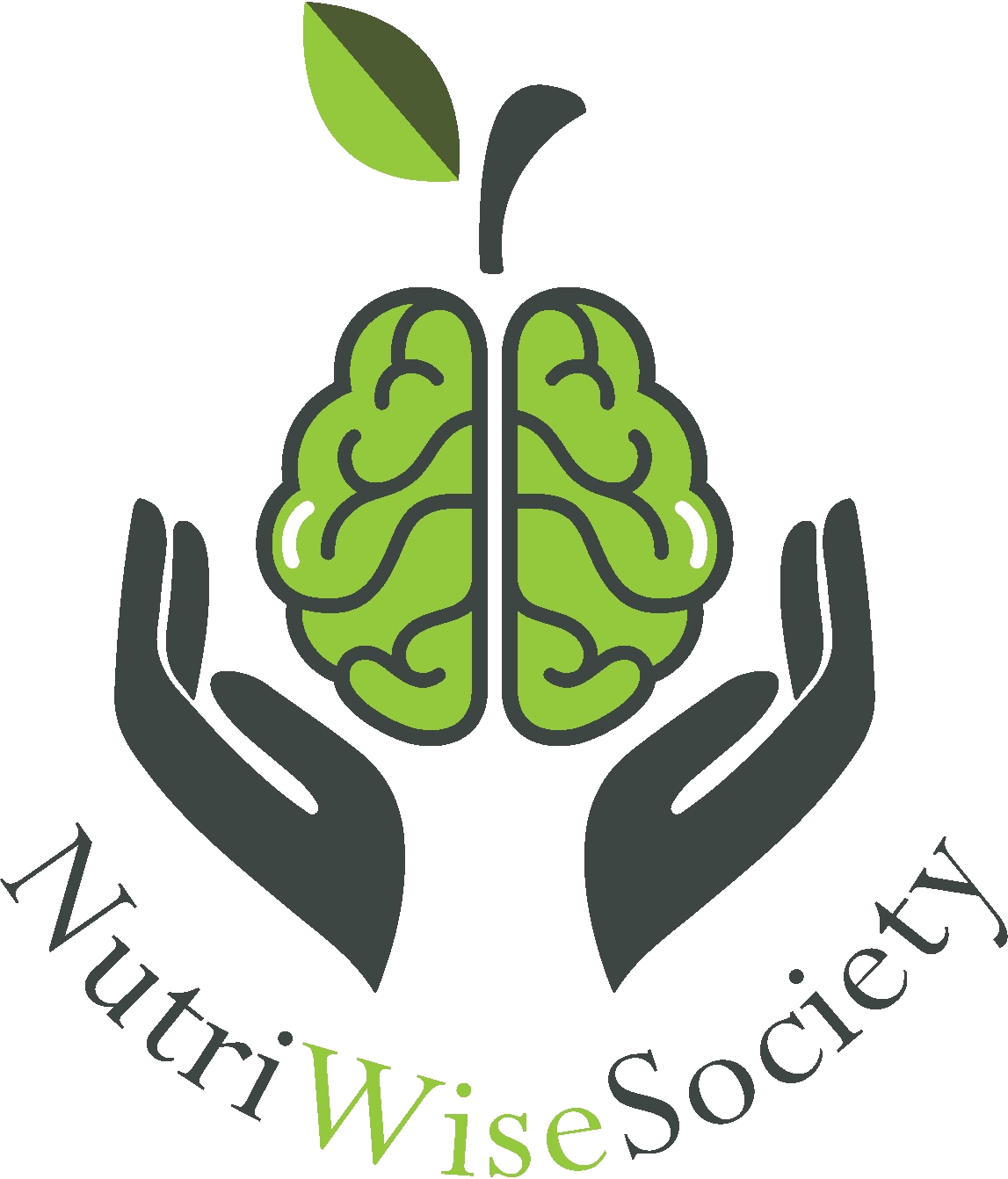Articles

Keto Diet
The Keto Diet combines elements of the Atkins diet and a low-carb diet, as it is very low in carbohydrates and high in fats. Some studies have found that this diet may be beneficial in certain cases. The principle of this diet is that when a person consumes very low carbohydrates (“<50g”), they enter a state of ketosis.
Ketosis
Ketosis is a state where the body produces ketone bodies from fats and uses them as an energy source instead of carbohydrates, due to insufficient glucose availability. Small amounts of ketone bodies are found in the urine, indicating fat utilization for energy. However, if ketone levels become too high, this may indicate the onset of ketoacidosis—a dangerous increase in blood acidity that requires medical attention.
Types of Keto Diet
- Standard Keto Diet (SKD): This includes very low carbohydrates, moderate protein, and is typically composed of 75% fats, 20% protein, and 5% carbohydrates. It’s the most commonly used type.
- Cyclic Keto Diet (CKD): This alternates between keto days and high-carb days, e.g., five days of keto followed by two days of high carb.
- Targeted Keto Diet (TKD): This allows carbohydrate intake around workout times.
- High-Protein Keto Diet: Similar to the standard version but with higher protein intake, typically 60% fats, 35% protein, and 5% carbohydrates.
Who Should Avoid the Keto Diet
The following groups are advised against following the keto diet:
- Individuals with gallbladder issues or who have had it removed
- Those underweight
- Pregnant or breastfeeding women
- Children (“<18 years”)
- Individuals who have undergone gastric sleeve surgery
- Those with pancreatic enzyme deficiencies
- Individuals aiming to build muscle
Potential Uses of the Keto Diet
- Epilepsy: Some studies suggest that replacing glucose with ketones may reduce the frequency of seizures by altering amino acid metabolism, leading to the production of GABA, an inhibitory neurotransmitter.
- Weight Loss: Increases fat stores usage for energy, reduces calorie intake by avoiding certain foods, helps reduce appetite, and uses moderate/high protein amounts, helping preserve muscle mass.
- Diabetes: May improve insulin sensitivity by reducing excess fat in cells.
- Other Potential Uses (requiring more research): Alzheimer’s, acne, polycystic ovary syndrome (PCOS), and blood pressure reduction.
Side Effects of the Keto Diet
In the first few days, certain side effects may appear as the body adapts to the diet. These include:
- Fatigue
- Hunger
- Difficulty concentrating
- Sleep disturbances
- Nausea
- Digestive discomfort
- Reduced exercise performance
This diet may also affect mineral and vitamin levels, such as B vitamins, sodium, potassium, and magnesium.
Foods to Avoid
- Foods with sugar (soda, ice cream, juice…)
- Legumes (beans, lentils, chickpeas…)
- Fruits
- "Diet" foods with sugar alcohols
- Starches (rice, pasta, wheat products…)
- Root vegetables and tubers (potatoes, carrots, beets…)
- Low-fat foods
- Foods with trans fats or unhealthy fats (processed vegetable oils, mayonnaise…)
Recommended Foods
- Eggs
- Cheese
- Meat and chicken
- Fish
- Healthy oils (olive oil, coconut oil, avocado oil…)
- Nuts (unsalted)
- Avocado
- Butter and cream
- Low-carb vegetables (tomatoes, onions, bell peppers…)
Additional Tips
These additions may help increase fat intake or reduce side effects:
- Drink adequate water
- Add Medium Chain Triglyceride (MCT) oil
- Take supplements to counter mineral and vitamin deficiencies
- Caffeine (helps reduce fatigue)
References:
